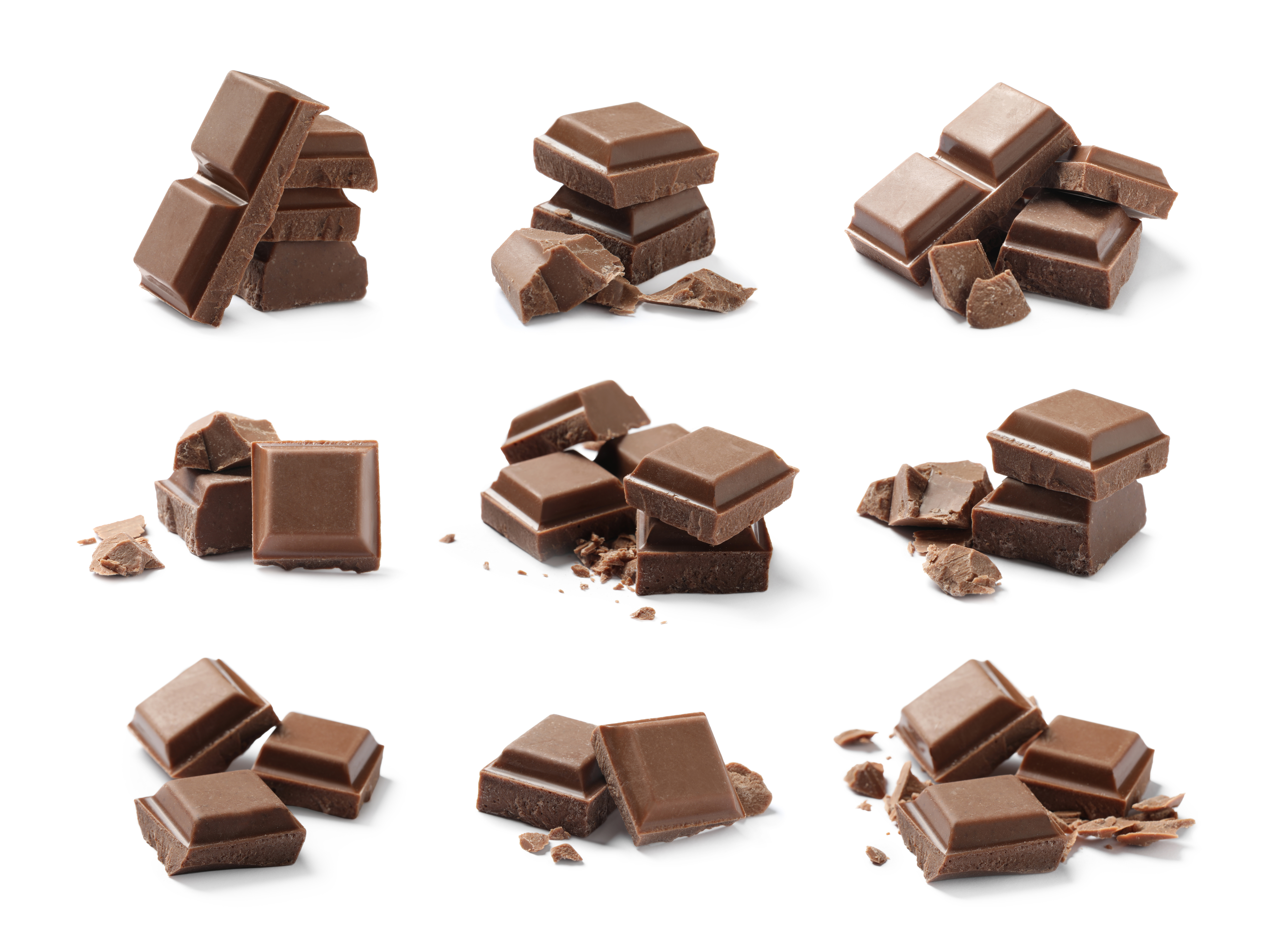After a heavy workout, after waking up in the morning, during lunch or dinner, and in any other activities that people are involved in, drinking water is a necessity. However, water is not the only liquid people are interested in drinking, especially during the day when they need the energy to boost them up or at night to keep them awake. Most people prefer to add caffeine to their drinking liquid for power and support. Caffeine-containing drinks, such as coffee, tea, soft drinks, and energy drinks, are the go-to drinks consumed globally in high volumes.
Brief Background On Caffeine
Caffeine is a central nervous system stimulant used as a cognitive enhancer to increase alertness and attentiveness. Caffeine is found in the seeds, fruits, nuts, or leaves of several plants’ native to Africa, East Asia, and South America. The best-known source of caffeine is seed of the coffee plant known as the coffee bean. Through the process of infusion, or of steeping caffeine in water, these drinks are made.
Unlike most other psychoactive substances (psychoactive substances are chemical substances that affect the functions of the nervous system and result in mood swings, perceptions, and behaviors), caffeine remains largely uncontrollable and legal in nearly all parts of the world. Caffeine is also an outlier, as it is seen as socially acceptable in most cultures and encouraged in others, particularly in the Western world.
Benefits of Taking Caffeine
Caffeine is said as a stimulant that reduces fatigue and drowsiness. People may drink beverages containing caffeine to relieve or prevent sleepiness and improve cognitive performance. These effects vary from person to person, depending on body size and degree of tolerance.
- Caffeine citrate is included in the World Health Organization Model List of Essential Medicines.
- Caffeine may confer a protective effect against some diseases, including Parkinson’s.
- The addition of caffeine to commonly prescribed pain relievers such as paracetamol or ibuprofen modestly improves the proportion of people who achieve pain relief.
- Caffeine is a proven ergogenic (performance-enhancing) aid in humans. Moderate doses of caffeine with more extended-duration exercise.
- Caffeine is classified by the US Food and Drug Administration as “generally recognized as safe.”
Other products containing caffeine
Chocolate. Since cocoa is one of the ingredients used in the production of chocolate, it is not exempt from possessing caffeine content. The darker the chocolate, the higher the number of cocoa solids used, which means the higher the caffeine content.
Supplements. Dietary supplements are one example of supplements containing caffeine. They are believed to increase stamina and physical endurance.
Tips for Adding Caffeine to Your Diet
Caffeine content can differ depending on the preparation and the type of tea or coffee used. Here are some tips and a few reminders you need to remember to make sure that your caffeine content is just right for you.
1. 400 mg or 200 mg of coffee is the safest caffeine that should be consumed daily.
2. Try to use herbal teas which possess a lower amount of caffeine. They are healthy and most beneficial to the immune system.
3. Drink black coffee. It is said that the healthiest way to drink coffee is black and with no sugar. Although it cannot give you the sweet taste you are aiming to taste in coffee, it is said to reduce the risk of serious health conditions like cancer and heart disease. If you are seeking a weight loss diet, black coffee can aid in your diet as it contains antioxidants that can help reduce fat.
4. Bring a different taste to your caffeine by adding either cinnamon, nutmeg, cacao, or ginger. They contain natural sweetness and flavor that can change the taste of your caffeinated drink.
5. Try caffeinated water. Caffeinated water, also known as liquid caffeine is an alternative to common beverages containing caffeine. They are much healthier, hydrating, and can give an extra boost of energy. Caffeinated water does not contain additional additives such as sugar, corn syrup, colorings, and other artificial flavors. Here are a few categories of liquid caffeine:
6. Powder – powder liquid caffeine is just like the regular coffee pack that is mixed in water and acts as an energy drink
7. Chewable – There are chewable liquid caffeine that does not need to be mixed in water. It is packed like a candy and can be taken down anytime if you need a little boost of energy after a tiring day at the gym.
8. Tablet – caffeine tablet can be mixed and dissolves in water. The water serving depends on the grams of the tablet. This type of tablets contains plant-based ingredients, green tea, and ginseng.
9. Bottled caffeine – Bottle caffeinated water is ready to drink bottle of non-colored and pure water.
10. Root beer – there are products of caffeinated water in a form of root beer. They are offered in variety of flavors and is a good alternative of regular soda drinks as they contain less calories.
Conclusion
The use of caffeine as a water enhancer or to give a tasteful flavor to plain water has been around for years. Although it tastes good and can bring people the relaxation and energy they need, it should be taken with limitations, as too much of it will not produce a good result.




